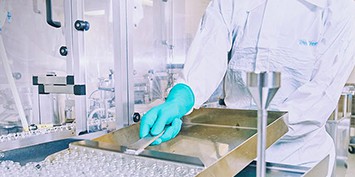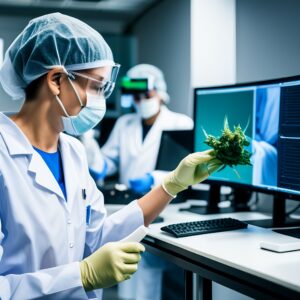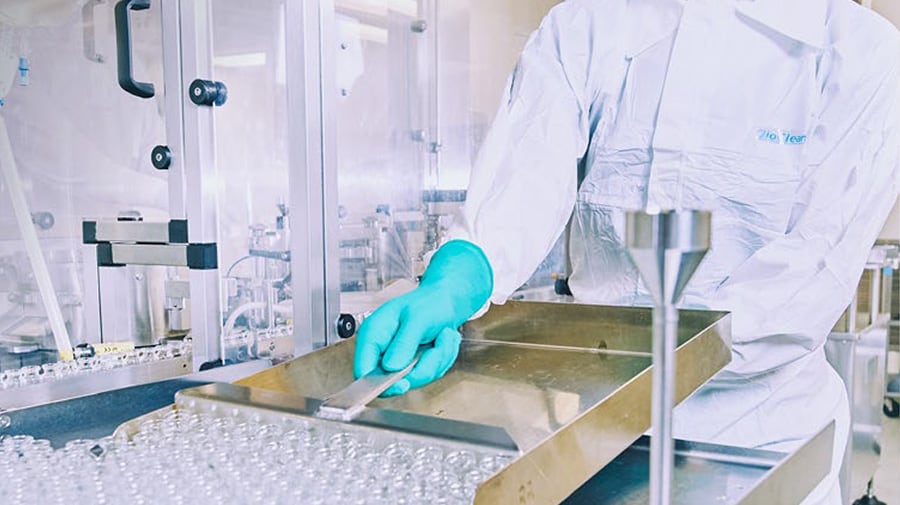Gloves used in a pharmaceutical manufacturing environment for the handling of chemotherapy drugs should meet a variety of requirements to ensure quality is not compromised. The handling of these products takes place in a cleanroom, which adds a set of requirements. We’ll discuss these requirements and other important things to look for when working with chemotherapy drugs. It should be stated that this post discusses the use of gloves as personal protective equipment in an industrial or non-medical setting. Gloves used for the handling of chemotherapeutic agents in a medical setting require additional regulatory standards.
Why Wear Protective Gloves When Working with Chemotherapy Drugs?
Gloves should be worn when handling these types of drugs for two primary reasons. First, protection from exposure to potentially harmful chemicals, and second is to safeguard the product from contamination.Chemotherapeutic chemicals are intended to inhibit the growth of or destroy fast-growing cancer cells inside the body. They are either cytostatic or cytotoxic compounds, which essentially means they can be harmful if bare skin contact is made. Therefore, it’s important to use personal protective gloves that will act as an effective barrier between the hand and the chemical compound in question.
Choosing the Appropriate Glove for the Handling of Chemotherapy Drugs
- Manufacturing considerations – Chemotherapy drugs are typically manufactured in sterile cleanroom environments that employ good manufacturing practices (GMP).
- ASTM D6978 – Gloves should be tested against the most stringent standard, the American ASTM D6978-05.
- Two pairs of gloves – It’s common practice to wear two pairs of single-use gloves to enhance the individual’s protection against chemotherapy agents.
- Glove Box Environment Considerations – Any of three different types of glove boxes may be used: Containment glove boxes, Isolation glove boxes, and Isolators. The environment inside a glove box is typically sterile, clean, and pressurized, either positively or negatively, to meet the specific requirements of the application. Isolators are used to contain some of the most dangerous and toxic material known to man; therefore, they are ultra-clean and contained for product and personal protection.















